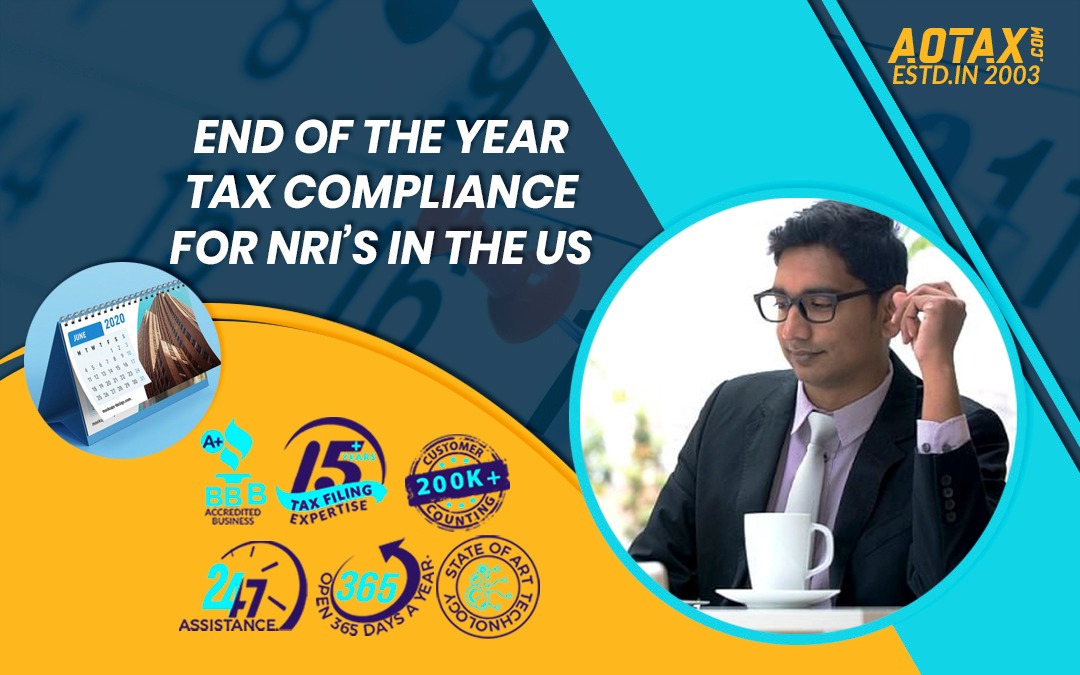What Is IRS Form 1099-INT: Interest Income?
Tax filing season can be stressful, to say the least. With several documents, investments, proofs and bills to take care of, various Forms can make things a bit more overwhelming. Thus, the golden rule of starting early always pays off. When you start early, you have additional time at hands to review your filing and more importantly, fill the Forms as accurately as possible without much stress. IRS Form 1099-INT is one such form that the expects during your tax filing. What is it about? And when and why you should file it, let’s find out.
What is it?
Form 1099-INT by the IRS must be used by taxpayers to declare their earned interest. All investors receive the form by their payers of interest at the end of the year with a breakdown of the interests earned and any other related expenses. $10 is the minimum value, above which a payer must provide the Form to its investors. At the same time, you need not attach all the Forms 1099-INT with your tax returns.
Details of 1099-INT
It is essential that you understand the details of the Form, which will, in turn, help you fill the appropriate information in your tax return.
This box contains any income that you receive which is taxable, such as interest earned on savings accounts.
This box represents any penalties that you have been charged with, due to premature withdrawals.
The contents of this box represent interests earned on bills, bonds or Treasury notes.You need to be a bit careful since some of them are tax-exempt.
This box reports any taxes that were withheld by your payer.
This box contains information about your investments that earn interests with state and local governments. A municipal bond would be a good example of it.
Information Contained in Report
Form 1099-INT contains the following information.
- The name and address of any payer.
- The name and address of the recipient.
- Any foreign taxes paid.
- Any form of state taxes withheld.
- Any form of federal taxes withheld.
- Identification numbers of the payers as well as recipients.
- The amount of interest paid (only if it exceeds $10).
- Total bond premiums.
- Total bond premiums on the tax-exempt ones.
- Total amount of interest that is exempt from taxes.
- Total amount of interest earned on Treasury bonds, US savings bonds etc.
Reporting Form 1099-INT
The Box 1 income, as mentioned above, must be reported in the taxable income row of your tax return. The interests earned is taxed in the same way as other sources of income. Box 2 mentions about the penalties, for which you can opt for deductions when it comes to the adjusted gross income. One must not forget to report the taxes withheld mentioned in Box 4. You should include the amount in your tax return under Payments.
All the interest that you earn on deposits made to your bank accounts, amounts that were withheld from your federal taxes or foreign taxes, dividends paid by insurance companies, indebtedness etc. must be reported in Form 1099-INT.
Apart from the above, interests earned in the form of real estate mortgage investment conduit (REMIC), financial asset securitization investment trust (FASIT) or collateralized debt obligation (CDO) must also be reported in the Form 1099-INT.
Individuals earning more than $1,500 in interests must declare all their payers in Part 1 of Schedule B of Form 1040. Also, you can only include income that you have received and not the ones that you are owed.






Recent Comments